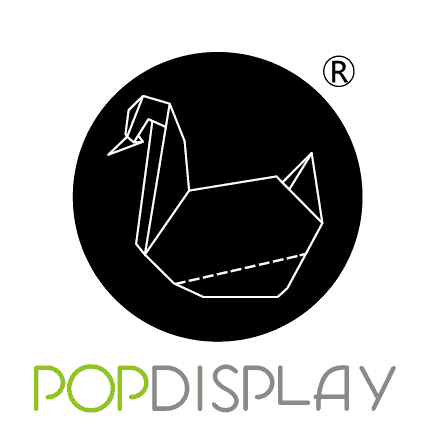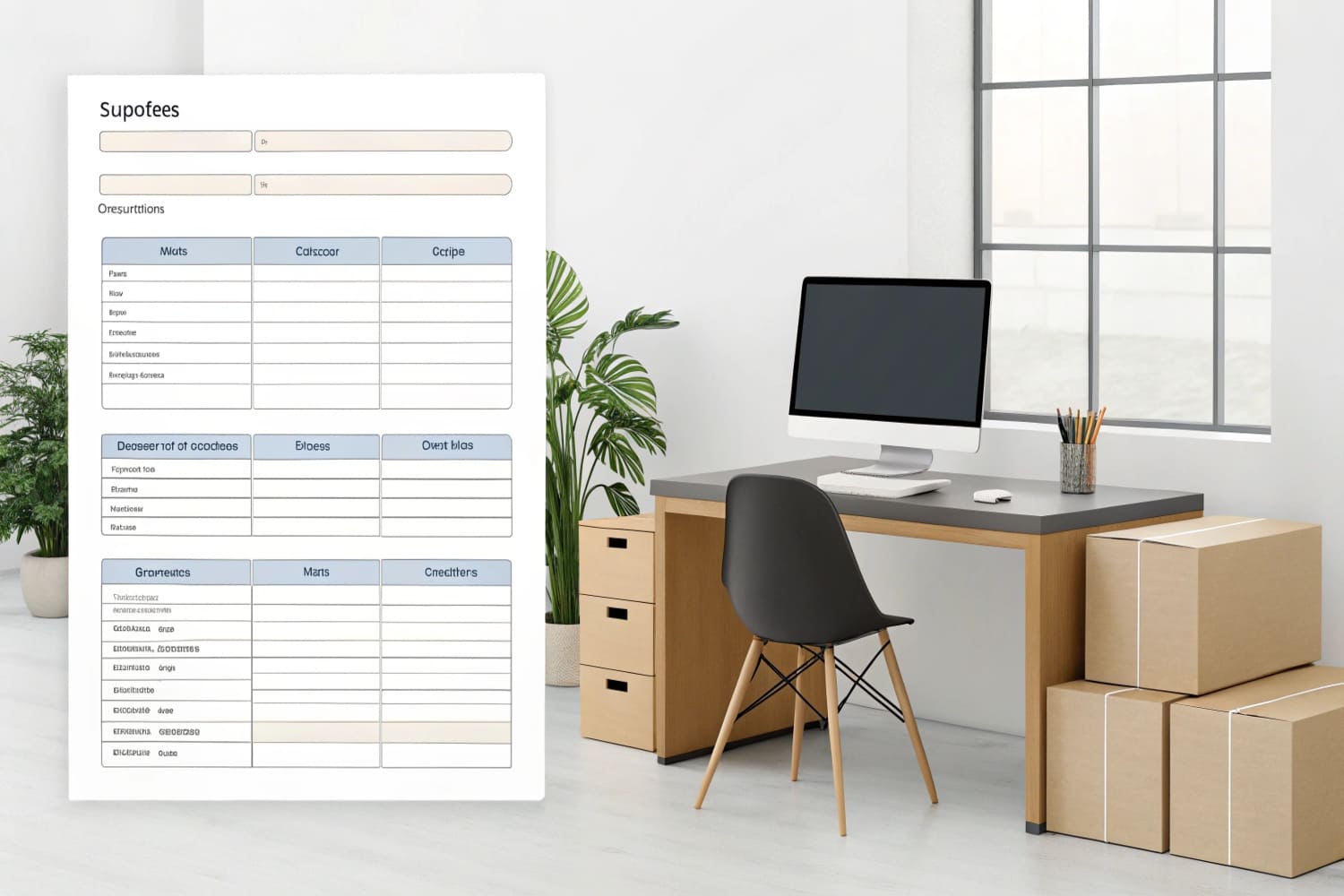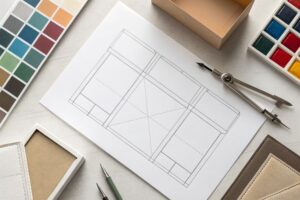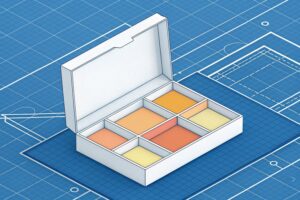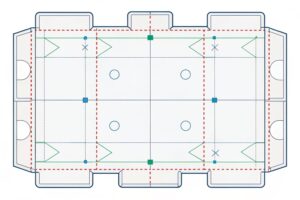I see buyers panic about MOQs. I also see suppliers hide real rules. I break it down so you choose fast and buy smart.
Most factories set a 500–1,000 rigid box MOQ for offset printing and custom sizing, but digital or stock programs can start at 50–200 units; complex finishes, custom inserts, or unusual sizes push MOQs higher.
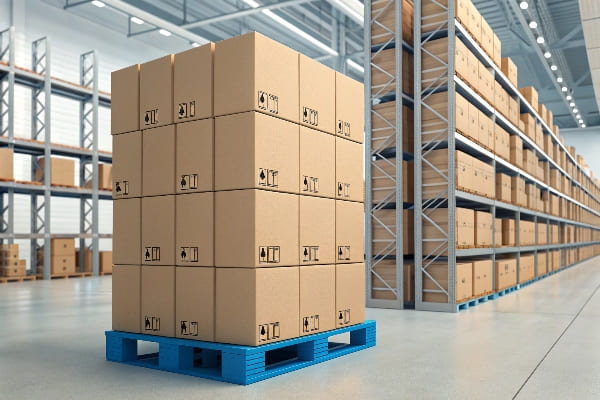
I work with brands that ship seasonal launches on tight timelines. I know how MOQ, print method, and finishing choices change your costs and lead times. Stay with me. I will show simple rules, clear ranges, and fast trade-offs you can use today.
What is the minimum order quantity requirement?
Many buyers tell me they only need “a few hundred.” Many factories say no. The gap comes from printing plates, die-cut tools, and setup time. The right method closes that gap.
Standard rigid box MOQs sit at 500–1,000 units for offset printing; digital print and semi-custom programs can go 50–200 units, while special finishes or inserts can raise minimums above 1,000.
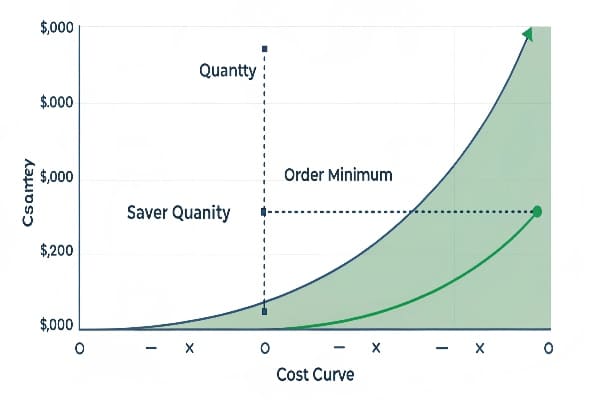
How MOQ is formed
I keep MOQ simple. It comes from three buckets: setup, material, and risk. Setup includes plates, dies, and make-ready time. Material includes paper, board, and glue, which suppliers buy in rolls or sheets. Risk includes color drift, yield loss, and inspection.
Cost drivers at a glance1
| Driver | What it is | Typical impact on MOQ | How I reduce it |
|---|---|---|---|
| Printing method | Offset vs digital | Offset: 500–1,000; Digital: 50–200 | Match method to run size |
| Tooling | New dies, magnets jigs | +200–500 units | Reuse library dies |
| Finishes | Foil, spot UV, emboss | +200–800 units | Combine runs; batch foils |
| Inserts | EVA, paper pulp, foam | +200–1,000 units | Switch to paperboard trays |
| Color risk2 | Brand colors, solids | +100–300 units | Narrow tolerances, drawdowns |
My factory rule-of-thumb
I run three lines for displays and gift-style rigid boxes. If you want a fully custom telescopic box with foil and molded pulp, my safe MOQ is 800–1,200. If you take a stock-size base and lid, paper wrap in CMYK digital, and a folded paper insert, I go to 100–200 units. This keeps color stable and waste low. I used this playbook when a hunting brand asked for a small trial. We started at 150 units with digital wrap and a stock die. The launch hit on time. The reorder scaled to 3,000 with offset in the next season.
Are rigid boxes expensive?
I hear this a lot. Rigid boxes look premium, so people fear the price. Price depends on size, wrap quality, insert type, and run size. The curve drops fast as quantity rises.
Rigid boxes cost more per unit than folding cartons, but the cost drops 30–50% from 200 to 1,000 units; smart choices on size, wrap, and inserts can cut total landed cost without losing a premium feel.
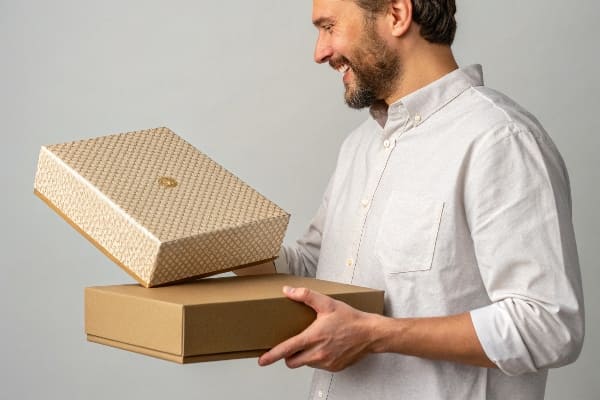
What drives price and how to bend it
I split cost into box body, wrap, insert, finishing, and logistics. The biggest swings come from size and insert. Many brands oversize boxes3 for “presence.” That wastes board, wrap, and freight. I size to product plus 10–12 mm on each side. I also replace EVA with paperboard trays when weight allows.
Cost levers you can move today
| Lever | Option A (Higher cost) | Option B (Lower cost) | Savings note |
|---|---|---|---|
| Insert | EVA or molded pulp | Folded paperboard tray | 8–20% on small runs |
| Wrap | Special paper + foil | C2S art paper + spot varnish | 5–12% with similar look |
| Size | Oversize for impact | Tight fit + reveal notch | 10–18% across BOM |
| Offset for 200 units | Digital for trials | Avoid plates; faster proof | |
| Magnet | Dual magnets | Single magnet or ribbon | 2–5%, simpler assembly |
A short story from the floor
I worked with a crossbow accessories launch that needed a “solid” feel in big-box stores. The buyer asked for EVA foam and heavy-gauge board. The weight was real, but the cost was high. We mocked a folded paperboard tray4 with a kraft liner. We added a small die-cut window inside to lock the product card. The display looked tough and clean. The box lost 14% weight. The unit cost dropped 11%. The retailer kept the premium read. The launch hit the season window without air freight.
What are the disadvantages of rigid boxes?
Rigid boxes look great on shelves. They also add cost and weight if you push features too far. I prefer clear rules so you know when to pick them and when not.
Main drawbacks are higher cost, higher shipping weight, larger storage volume, and slower assembly compared to folding cartons; moisture sensitivity and scuff risk also require better wraps and QC.
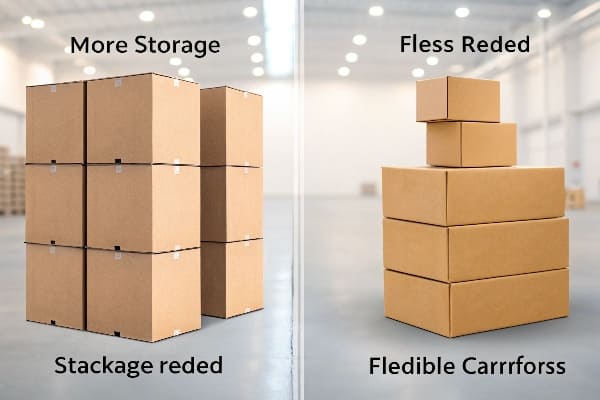
Risks, when they matter, and how I mitigate them
I rank disadvantages by how often they hurt projects. Storage volume hits small warehouses. Weight hits parcel rates. Assembly speed5 hits labor budgets. Moisture hits coastal routes. I plan for these at quotation, not at pre-ship.
Drawbacks and counter-moves
| Disadvantage | When it bites | My counter-move | Result |
|---|---|---|---|
| Unit cost | Small runs, heavy finishes | Limit finishes; use spot effects | Similar look, lower cost |
| Weight | Air freight, parcel | Reduce board caliper; optimize size | Lower DIM and fuel |
| Volume | Tight DCs, promotions | Flat-pack lids/bases when possible | Fewer pallets |
| Assembly | Complex structures | Jig fixtures, SOP videos | Faster kitting |
| Moisture | Humid lanes | Moisture-resistant wrap6, VCI packs | Fewer warps |
| Scuff | Dark wraps | Anti-scuff lamination; QC pulls | Cleaner surfaces |
When not to choose rigid
If your product needs ultra-low landed cost and ships only online, a strong folding carton with an inner tray may beat rigid. If your promotion rotates monthly, a premium corrugated gift box can hit the sweet spot. I run a cardboard display line, so I often pair corrugated PDQ trays with a printed sleeve. This hybrid gives shelf presence and speed. I use rigid when the unboxing moment is a core part of the value, like optics, knives, or premium accessories. I test drop, scuff, and humidity at the sample stage. I keep a checklist so the final run matches the approved sample. This prevents the classic pain where the mass run looks different from the golden sample.
What is the minimum order quantity in manufacturing?
MOQ in manufacturing is not a fixed law. It is a math result. It mixes setup time, yield, and the chance of defects. I show the math so you can negotiate with facts.
Manufacturing MOQ equals setup cost ÷ (target unit margin) plus a buffer for yield and defects; you lower it by cutting setup, using stock tools, or switching to digital and semi-custom parts.
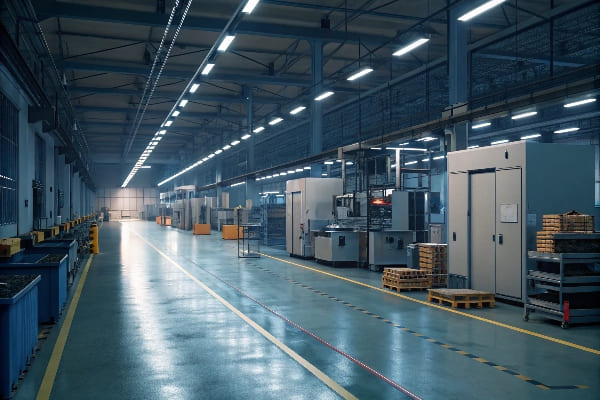
The simple MOQ formula I use
I start with setup cost for printing, die-cut, and glue lines. I divide by the margin I need per unit. I add a scrap buffer. That gives the break-even MOQ7. If you accept a higher unit price on the first run, the MOQ can drop. If you commit to a second run, I can amortize tools and cut today’s MOQ.
Example and negotiation map
| Item | Value | Note |
|---|---|---|
| Setup (plates, make-ready, die) | $600 | Offset + new die |
| Target margin per unit | $0.60 | On 1st run |
| Scrap buffer | 8% | Color + wrap waste |
| Break-even quantity | 1,000 | $600 ÷ $0.60 |
| With digital (no plates) | 200–300 | Higher unit, lower setup |
How I apply this with buyers
A US hunting accessories brand needed a tight launch. They asked for 250 units for a field test. We ran digital CMYK8 on a stock size from our die library. We used a folded paper tray and a single magnet. Unit cost was higher than a 1,000-piece offset run, but the total project cash outlay was lower. After feedback, they confirmed a 2,500-piece order with offset print, foil on the logo only, and the same die. The second run had a 17% unit cost drop and a faster ship date because tooling was locked. This is why MOQ is flexible when you share your roadmap and allow me to plan two steps ahead.
Conclusion
Choose the print method and insert first, match size to product, and use stock tools where you can. You get lower MOQs, faster launches, and cleaner budgets.
Understanding cost drivers can help you optimize production and reduce expenses effectively. ↩
Exploring color risk can provide insights into managing quality and minimizing waste in production. ↩
Discover the reasons behind the use of oversize boxes and how it impacts costs and sustainability. ↩
Explore this link to understand how folded paperboard trays can reduce costs and improve sustainability in packaging. ↩
Explore this resource to discover effective strategies that can enhance your assembly speed, ultimately saving time and costs. ↩
Learn about the benefits of moisture-resistant wrap to ensure your products remain intact and undamaged during transit. ↩
Understanding break-even MOQ helps businesses optimize production costs and pricing strategies. ↩
Exploring digital CMYK printing can reveal cost-effective solutions for small runs and quick turnarounds. ↩
